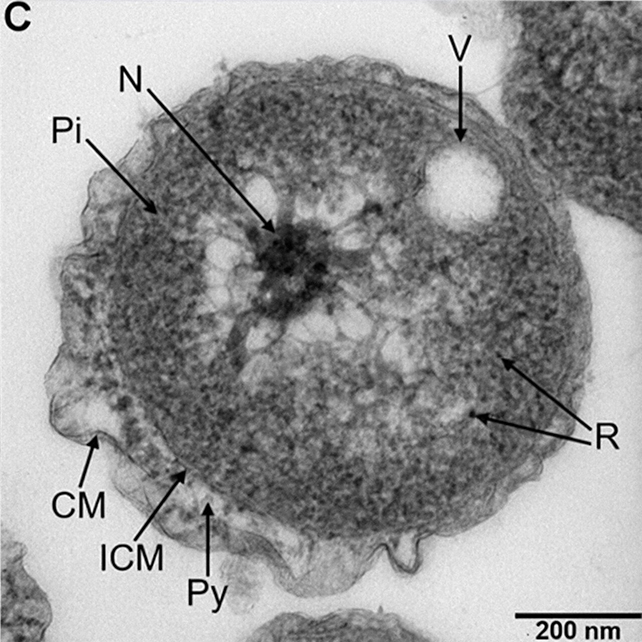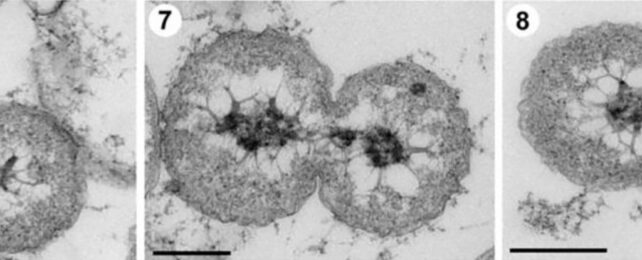In sediment samples from deep within the ocean, scientists have identified a mysterious and unique new species of marine bacteria that advances our understanding of deep-sea conditions and microbiology in general.
A team in China grew the bacteria in the lab using sediment from a cold seep, a specific puddle of nutrient-rich liquid and mud way down on the ocean floor.
Named Poriferisphaera hetertotrophicis by the research team, it belongs to a phylum of bacteria that's not well studied, though it's found all over the world, from lakes to soils, and plays a crucial part in recycling carbon and nitrogen.
"Most Planctomycetes bacteria have been isolated using growth media that are nutritionally poor," says microbiologist Rikuan Zheng from the Chinese Academy of Sciences.
"So we wanted to see if using a nutrient-rich medium would make it possible to culture and further characterize members of this poorly understood family."

Zheng and team's novel approach in the lab simulated deep-sea conditions. The novel P. hetertotrophicis bacteria, a strain labeled ZRK32, grew faster than other cultured bacteria and multiplied in a different way than other similar strains.
The budding mechanism, where the parent cells develop buds that then become their offspring, had yet to be confirmed in its class. It's perhaps a sign of the more unusual conditions that this strain of bacteria lives in.
The new species also appears to interact with types of nitrogen – and the nitrogen cycle – in a new way, and it lives alongside a specific type of bacteria-hugging virus (a bacteriophage) that helps its nitrogen processing.
All this plays into scientists' understanding of the chemical processes happening deep below the ocean surface.
"Our analyses indicate that strain ZRK32 is a novel species, which grows best in nutrient-rich media and releases a bacteriophage in the presence of nitrogen," says microbiologist Chaomin Sun from the Chinese Academy of Sciences.
"This phage-ZRK32 is a chronic bacteriophage that lives within its host without killing it."
Bacteriophages are important to the nitrogen cycle too, just like the bacteria that they coexist with. Future research could look at how phage-ZRK32 interacts with other strains of Planctomycetes and what the effects are on the ocean environment.
Considering Planctomycetes bacteria are so ubiquitous, relatively little is known about them in deep-sea environments – a knowledge gap that the new study and the newly identified bacteria species help to fill.
"Our findings provide a novel insight into nitrogen metabolism in Planctomycetes bacteria and a suitable model to study the interactions between Planctomycetes and viruses," says Sun.
The research has been published in eLife.
